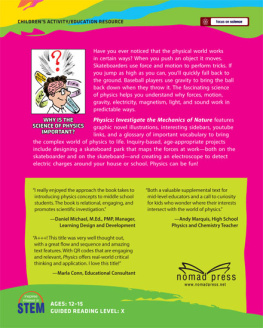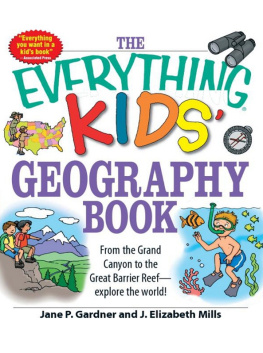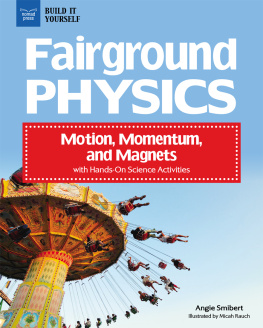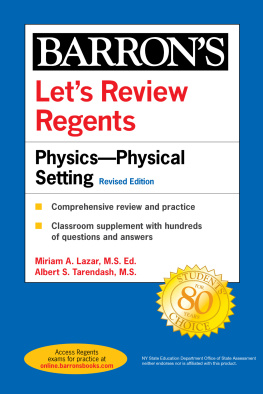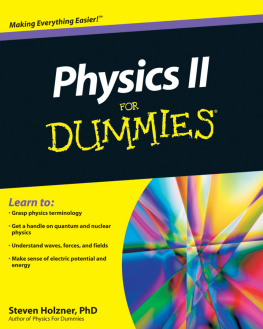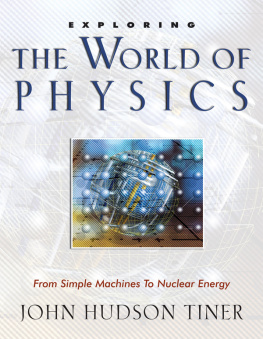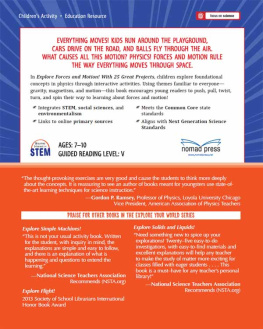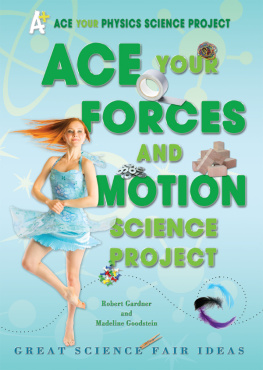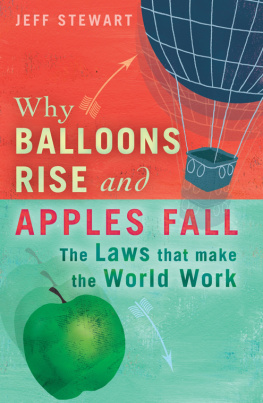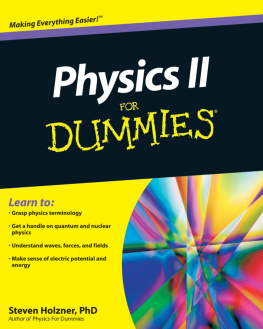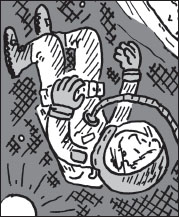Jane P. Gardner - Physics: Investigate the Forces of Nature
Here you can read online Jane P. Gardner - Physics: Investigate the Forces of Nature full text of the book (entire story) in english for free. Download pdf and epub, get meaning, cover and reviews about this ebook. year: 2014, publisher: Nomad Press, genre: Children. Description of the work, (preface) as well as reviews are available. Best literature library LitArk.com created for fans of good reading and offers a wide selection of genres:
Romance novel
Science fiction
Adventure
Detective
Science
History
Home and family
Prose
Art
Politics
Computer
Non-fiction
Religion
Business
Children
Humor
Choose a favorite category and find really read worthwhile books. Enjoy immersion in the world of imagination, feel the emotions of the characters or learn something new for yourself, make an fascinating discovery.
- Book:Physics: Investigate the Forces of Nature
- Author:
- Publisher:Nomad Press
- Genre:
- Year:2014
- Rating:5 / 5
- Favourites:Add to favourites
- Your mark:
Physics: Investigate the Forces of Nature: summary, description and annotation
We offer to read an annotation, description, summary or preface (depends on what the author of the book "Physics: Investigate the Forces of Nature" wrote himself). If you haven't found the necessary information about the book — write in the comments, we will try to find it.
Have you ever noticed that the physical world works in certain ways? Skateboarders use force and motion to perform tricks. If you jump up as high as you can, youll quickly fall back to the ground. Baseball players use gravity to bring the ball back down when they throw it. When you flip a switch, electricity powers your toaster. Rock bands use electricity to put on a show. The fascinating science of physics helps you understand why forces, motion, gravity, electricity, light, and sound work in predictable ways.
Combining inquiry-based activities with physics topics, Physics: Investigate the Forces of Nature features graphic novel illustrations, fascinating sidebars, youtube links, and a glossary of important vocabulary to illuminate the complex world of physics and bring it to life. Projects include designing a skateboard park that maps the forces at work on the skateboarder and the skateboard, and creating a stage design for a rock band that places electric current where it is needed. Additional materials include a timeline, a list of current reference works, and Internet resources.
This title meets Common Core State Standards for literacy in science and technology; Guided Reading Levels and Lexile measurements indicate grade level and text complexity.
Jane P. Gardner: author's other books
Who wrote Physics: Investigate the Forces of Nature? Find out the surname, the name of the author of the book and a list of all author's works by series.

